Total Lunar Eclipse February 2008
| Event | UT | CET |
| Penumbral Eclipse Begins | 00:36 | 01:36 |
| Partial Eclipse Begins | 01:43 | 02:43 |
| Total Eclipse Beings | 03:01 | 04:01 |
| Mid-Eclipse | 03:26 | 04:26 |
| Total Eclipse Ends | 03:51 | 04:51 |
| Partial Eclipse Ends | 05:09 | 06:09 |
| Penumbral Eclipse Ends | 06:15 | 07:15 |
The northern edge of the Moon will pass much deeper into the Earth's shadow than the southern edge and it is likely, therefore, that there will be considerable variation in shadow brightness across the lunar surface. Keen amateurs, alongside professional astronomers, are encouraged to make estimates of the Moon's brightness every 10 minutes throughout totality using the Danjon scale.
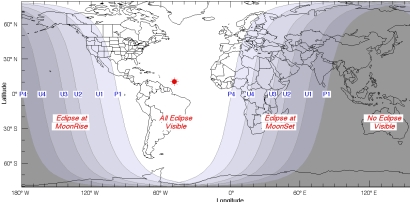 |
|
Map showing the global visibility of 21 February 2008 lunar eclipse (c/o Fred Espenak, NASA GSFC) |
The amount of dust and sulphur dioxide in the atmosphere also influences the diameter of the umbral shadow. By timing when craters pass in and out of eclipse it is possible to determine the enlargement of the Earth's shadow.
Planned Observations
A team of observers from South America and Western Europe have put together a field guide for observing the eclipse. The main author of the guide is experienced lunar explorer Alberto Martos. He worked in the Madrid ground control of the Apollo missions (XIV-XVII) and worked at ESAC in mission control of different ESA missions (IUE, ISO and XMM) until his retirement last year.
An observation campaign has been planned using simultaneous observations from Europe and South-America. As a result it is hoped:
- To produce of a 3D video of the whole eclipse combining images taken from both hemispheres.
- Using two bright stars (Regulus and 31 Leonis) and the Moon imaged from both hemispheres, estimation of the Moon-Earth distance by means of the measurement of the Moon's parallax.
Complementary activities are:
- Timing of the five penumbra and umbra limb contacts
- Timing of the umbra immersions and emersions of certain surface features
- Timing of star ocultations during totality
- Monitoring of possible Lunar transitory effects during the totality and the final phase of the penumbra
Images
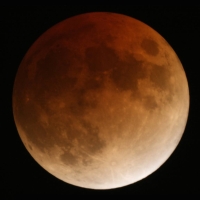 |
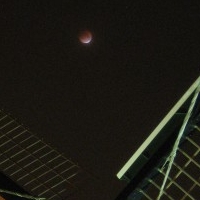 |
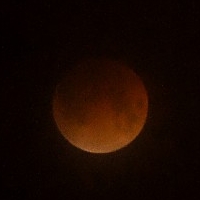 |
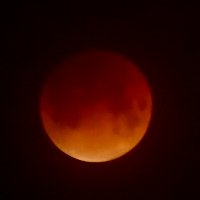 |

